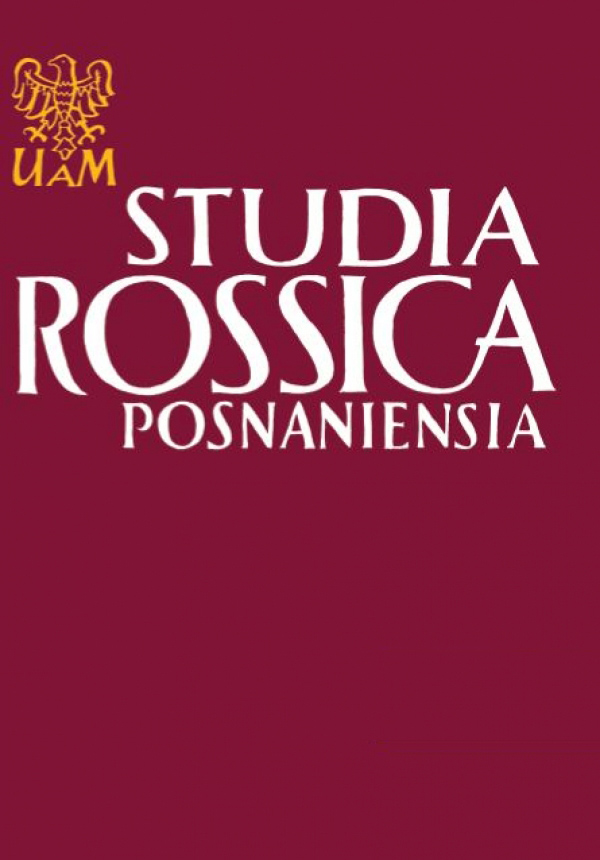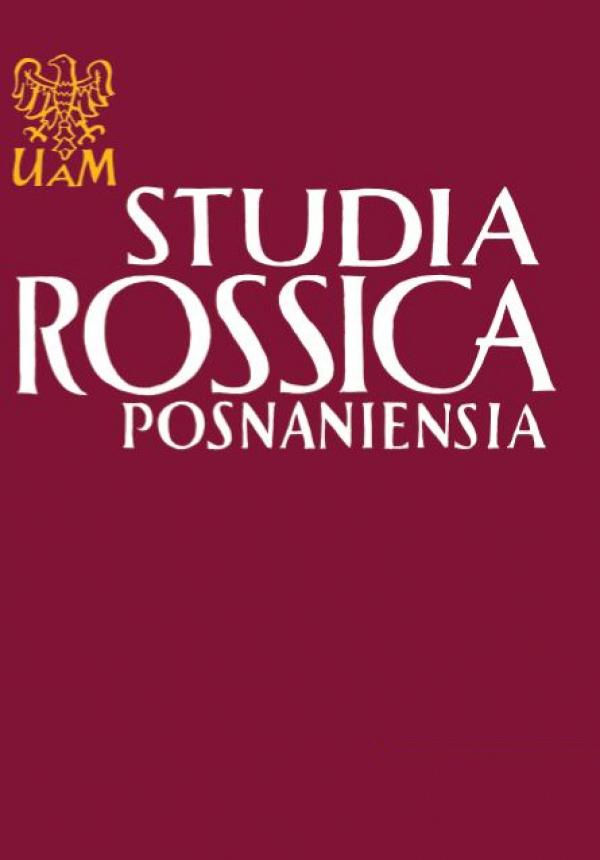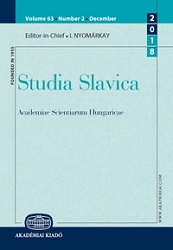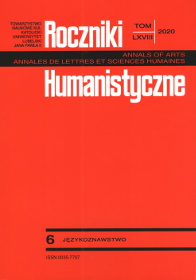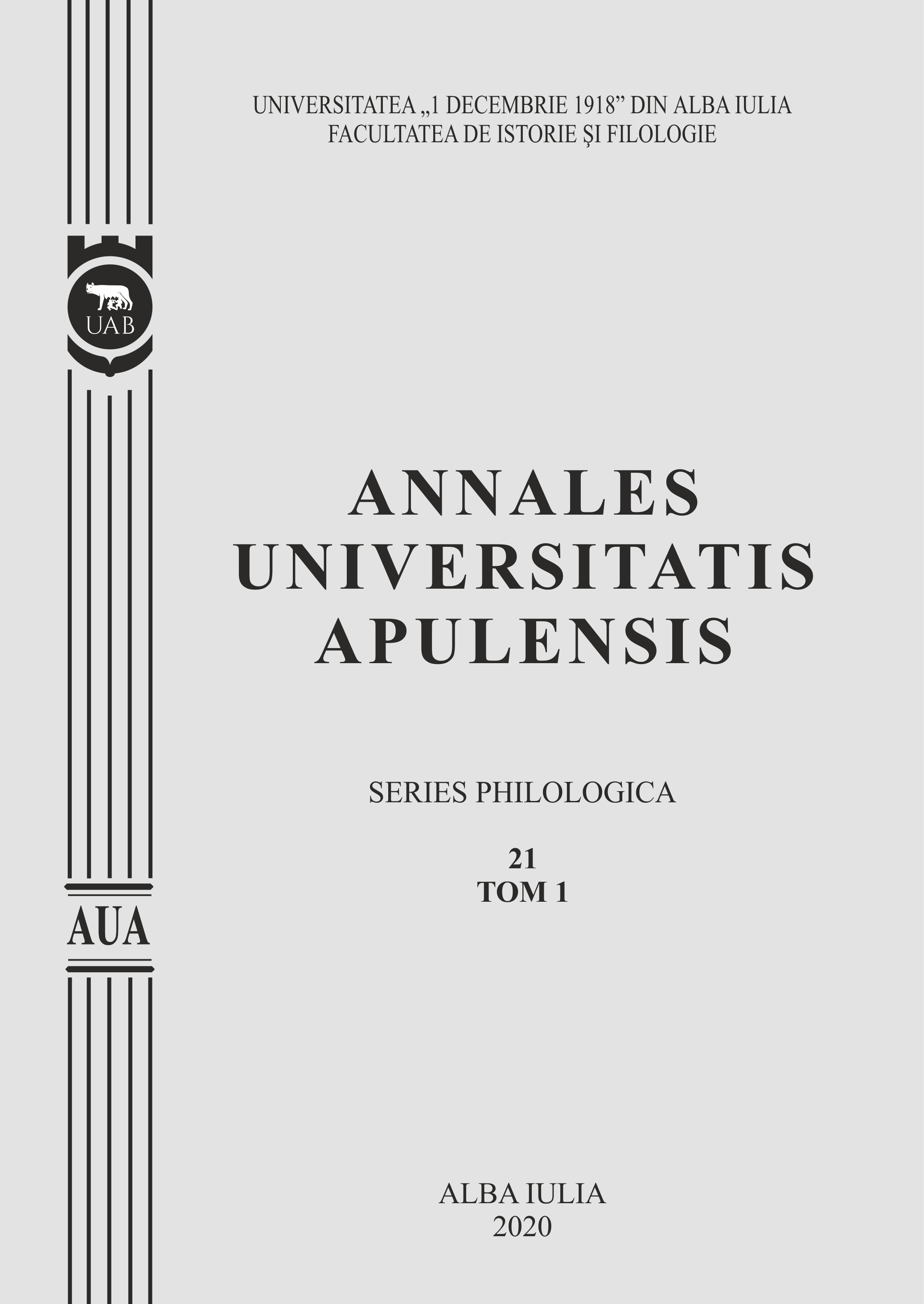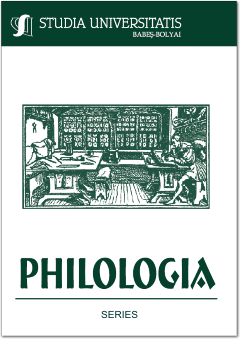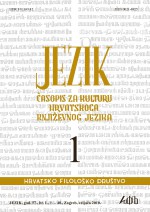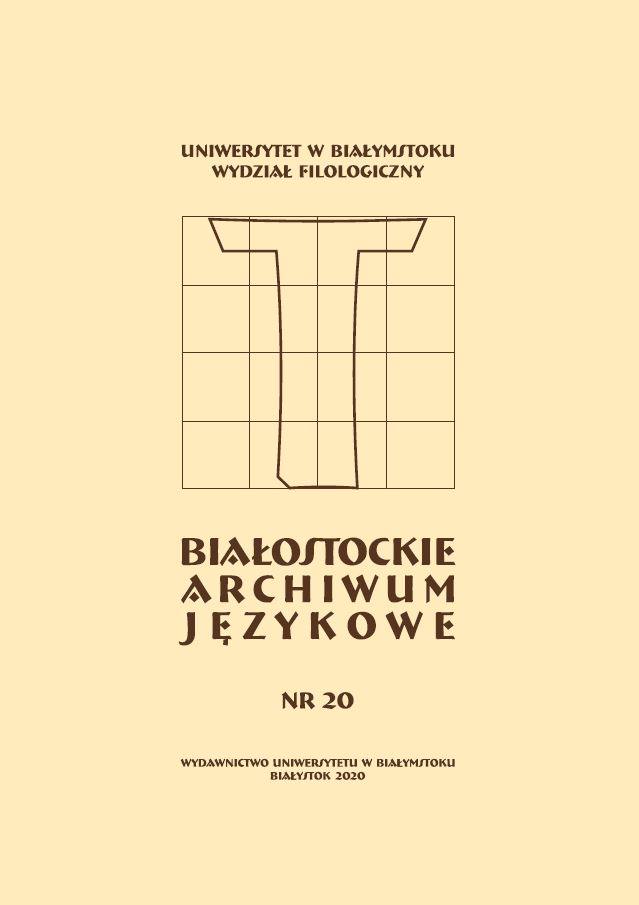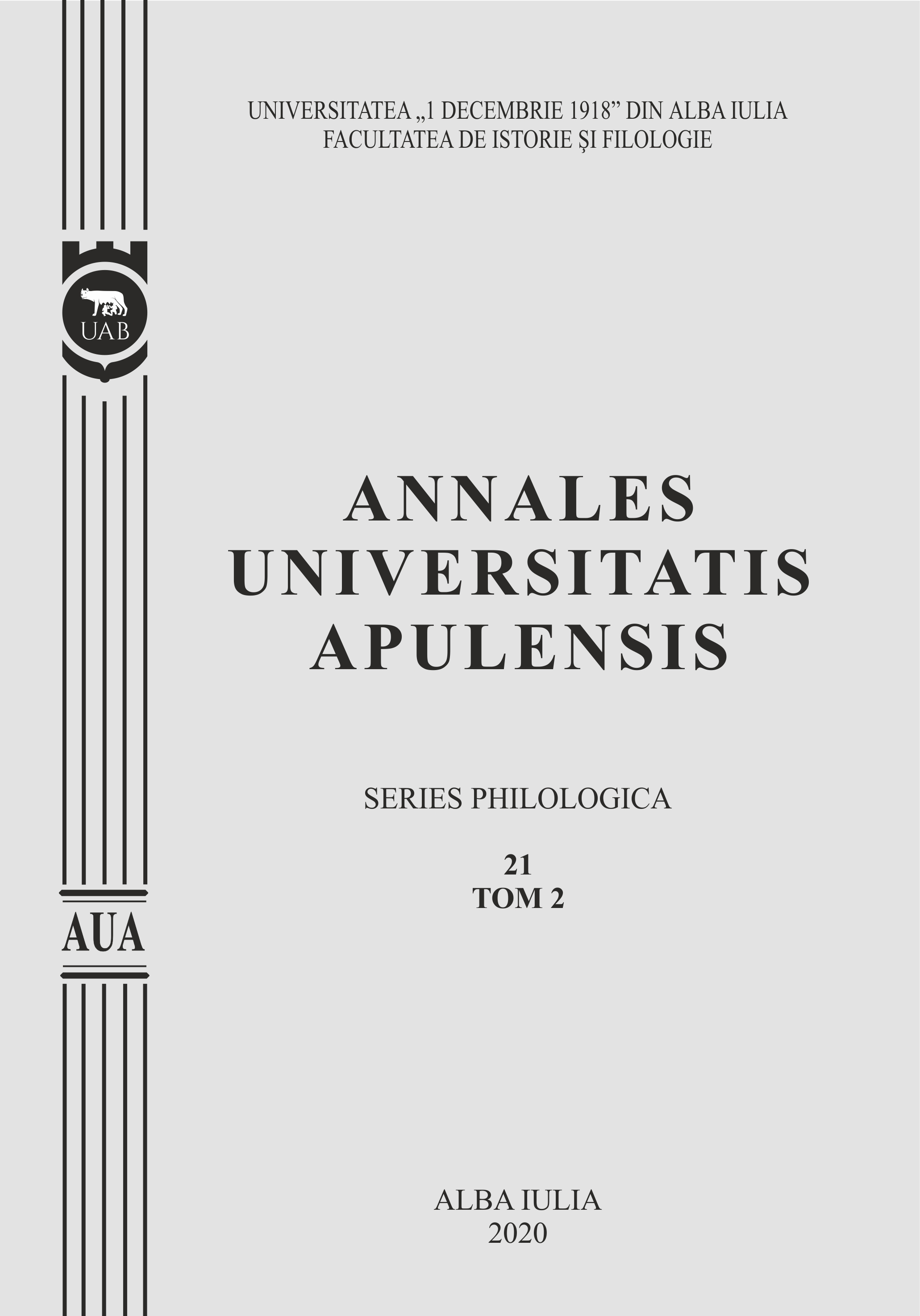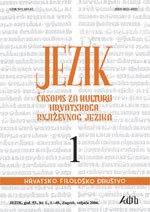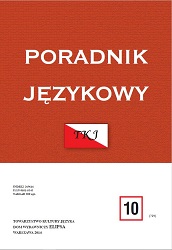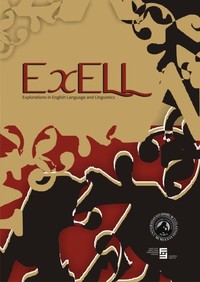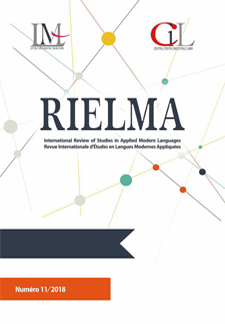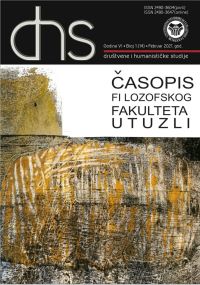Author(s): Andreea Ionica Micu / Language(s): Romanian
Issue: 2/2020
This paper presents the abstract derivatives which form both action names and action result names, from morphological and semantic perspectives. We will briefly follow the suffixes used in the formation of these nouns in Romanian and Spanish languages, from 17th century. Considering the evolution of the suffixes -tu and -ti from Indo-European and of the Latin formations in -tus and -tio, we will analyse the action names suffixes from both Romance languages, according to their etymology: inherited, borrowed or created. Through this study, we will try to have a short description of these suffixes which can encompass their origin and evolution, but, especially, to capture their appearance and transformation by comparing them. In order to investigate the derivatives with these suffixes, from the mentioned period, we will build an inventory of words from a relatively small, but very significant corpus, more exactly, from two representative works of each language, namely, Divanul sau Gîlceava înțeleptului cu lumea sau Giudețul sufletului cu trupul by Dimitrie Cantemir and Historia de la vida del Buscón, llamado don Pablos; ejemplo de vagamundos y espejo de tacaños by Francisco de Quevedo. Even though, in Latin language, the abstract names were used day to day with minimal frequency, once the Romance languages were formed, they have become widespread in different environments. The diverse nature of these nomina actionis will be studied in the light of formations from verbal and adjectival bases, to which suffixes, such -tione, -itia, -tu, -mentu/ -men, -antia, -tura, -sura, -antia will be added. Since the many derivatives are built according to the participle of the main verbs, we will focus on the verbal base types and the characteristic suffixes, like in the case of -antia. The continuation of these action names and the usage of the suffixes from their structure will be observed in Romance languages, which generate a multitude of varieties, applying, with priority, infinitive and supine bases. In Romanian language, the abstract derivatives are formed from verbal bases, to which lexical suffixes can be added, for example, -tură, -ciune, -anie, -eală, -ie, -mânt, -toare, -enie, -et, -ință, -iș, -șag, -șug, -re, from which there can be distinguished the suffixes -re and -tură having the biggest productivity. Similarly, in Spanish, we detect action names derived from verbal bases and Latin suffixes, such as -ado/-ada, -dero, -ero, -ido, -miento, -ción, -ón, -zón, -ura. By means of this corpus, we will grasp the utilization frequency of these suffixes, the formed derivatives and their values.
More...
